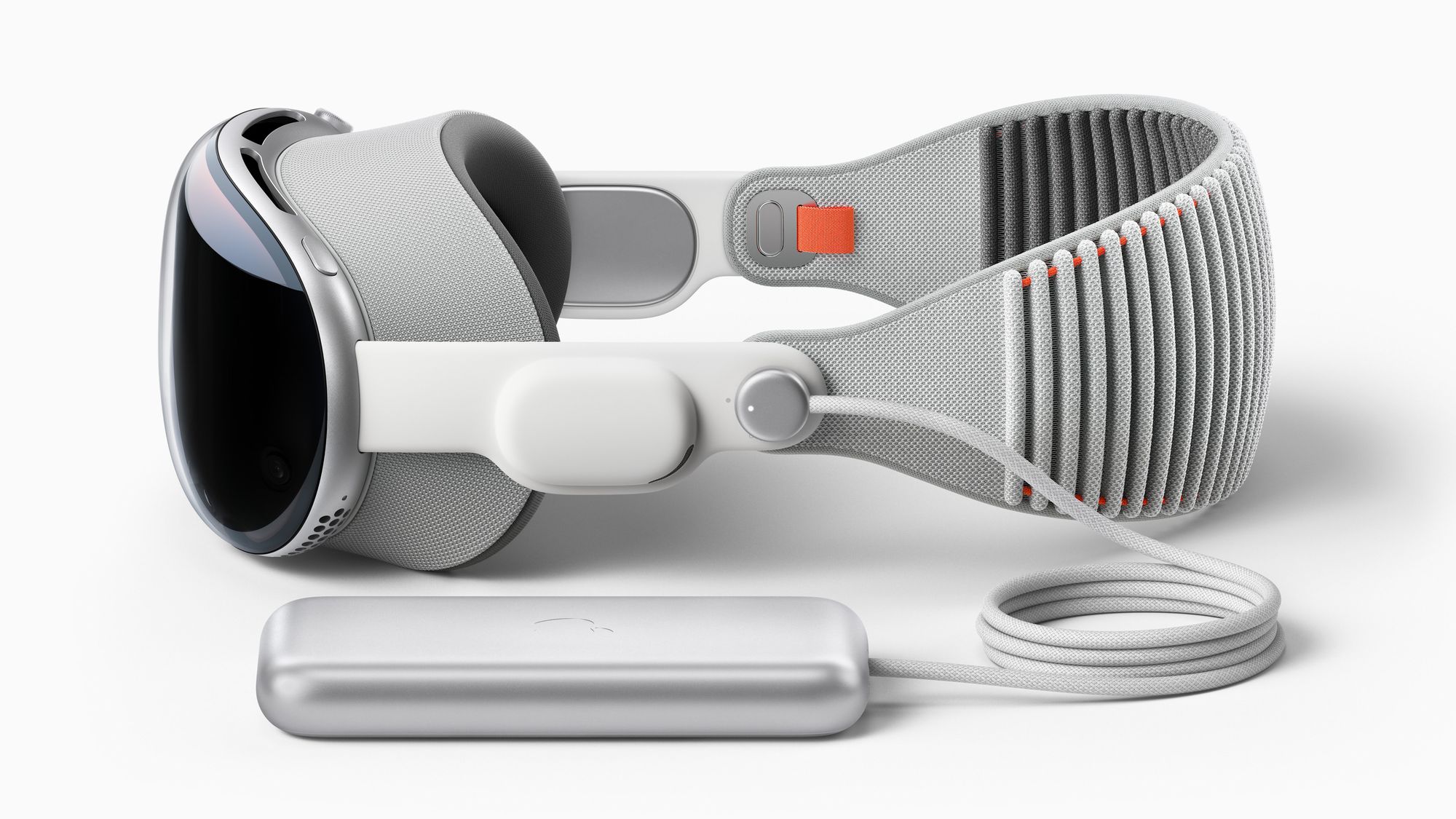
Apple is reportedly developing a “next generation” battery.
South Korean news outlet ETNews reports that Apple has been working on the battery since at least 2018, and could integrate it into products after 2025. Apple spends almost $30 billion per year on research & development.
The battery reportedly uses a new cathode composition that is “completely different” from existing batteries, meant to increase energy density and charging rate.
Apple is also reportedly exploring using silicon instead of graphite in the anode, which could also increase energy density. In theory, silicon has up to ten times more energy density than graphite, but it has currently-unsolved longevity issues as it can expand over time. ETNews suggests Apple may have figured out a way to overcome this issue, and that Apple is even exploring using carbon nanotubes as a conductive material to increase charging rate further.
It’s unknown which of these potential innovations will actually ship any time soon, if any. And Apple could delay or cancel its battery project at any time.
Battery life is one of the key limiting factors of current standalone XR headsets. Unlike other mobile devices like phones and tablets, headsets have to constantly sample and process multiple sensor inputs while rendering 3D objects (or entire environments) at high resolution and framerate, which requires running the CPU and GPU near peak performance for extended periods.
The first Apple Vision Pro headset, arriving “early next year”, uses a relatively large tethered external battery that can just about fit in your pocket. Despite this, likely due to the use of the laptop-tier M2 chipset, Apple is only promising around 2 hours of battery life, which is also roughly how long Meta’s Quest headsets and ByteDance’s Pico headsets last.
While it’s possible to use Vision Pro perpetually by plugging the battery in to a USB-C power source, that significantly limits the device’s portability.
Apple reportedly plans to release a smaller and lighter Vision Pro successor in the next few years as well as a non-Pro Vision headset after 2025. If it can eventually integrate its next-generation battery into future headsets, could Apple leapfrog competitors and deliver battery life closer to laptops and tablets?
- SEO Powered Content & PR Distribution. Get Amplified Today.
- PlatoData.Network Vertical Generative Ai. Empower Yourself. Access Here.
- PlatoAiStream. Web3 Intelligence. Knowledge Amplified. Access Here.
- PlatoESG. Carbon, CleanTech, Energy, Environment, Solar, Waste Management. Access Here.
- PlatoHealth. Biotech and Clinical Trials Intelligence. Access Here.
- Source: https://www.uploadvr.com/apple-next-generation-battery/



